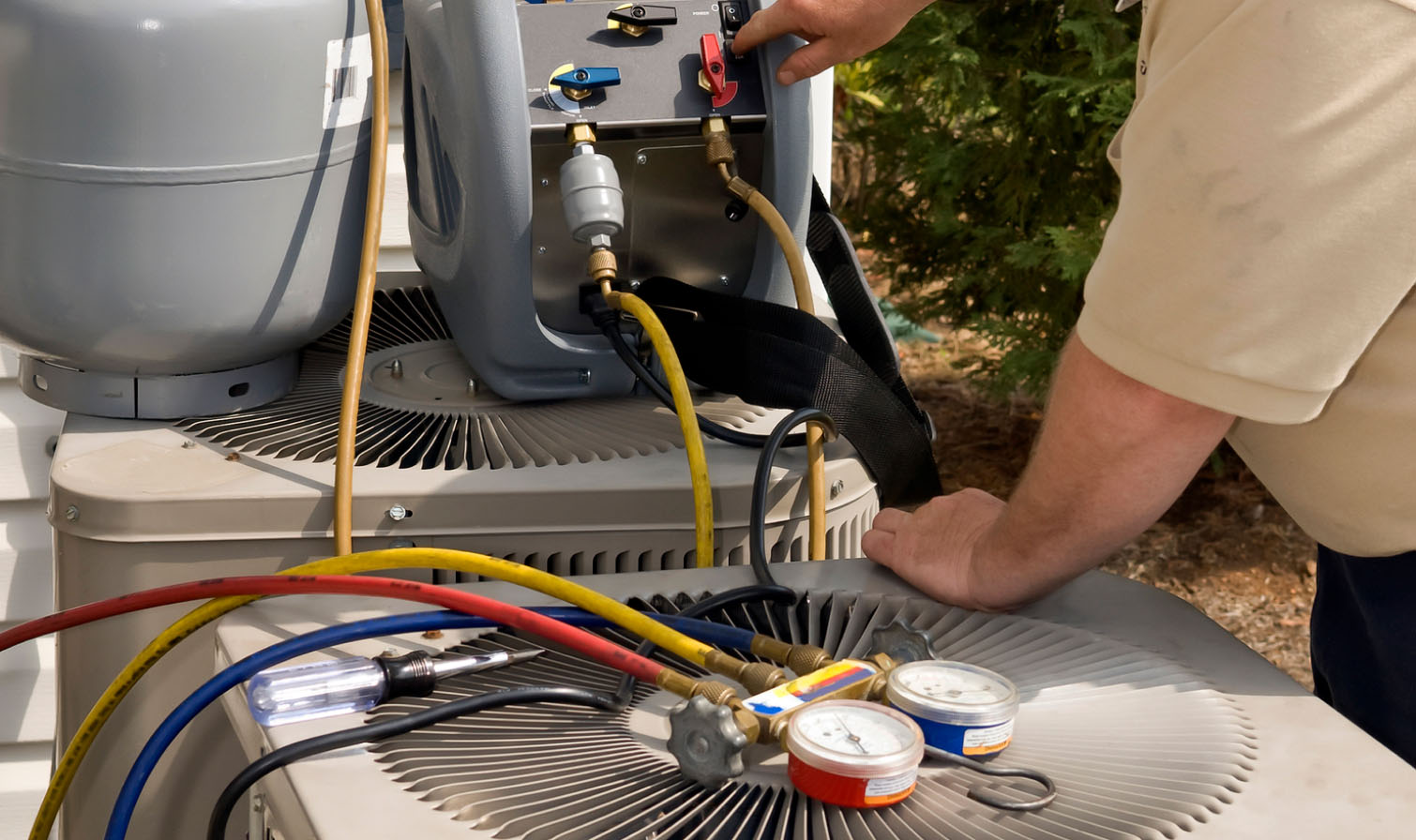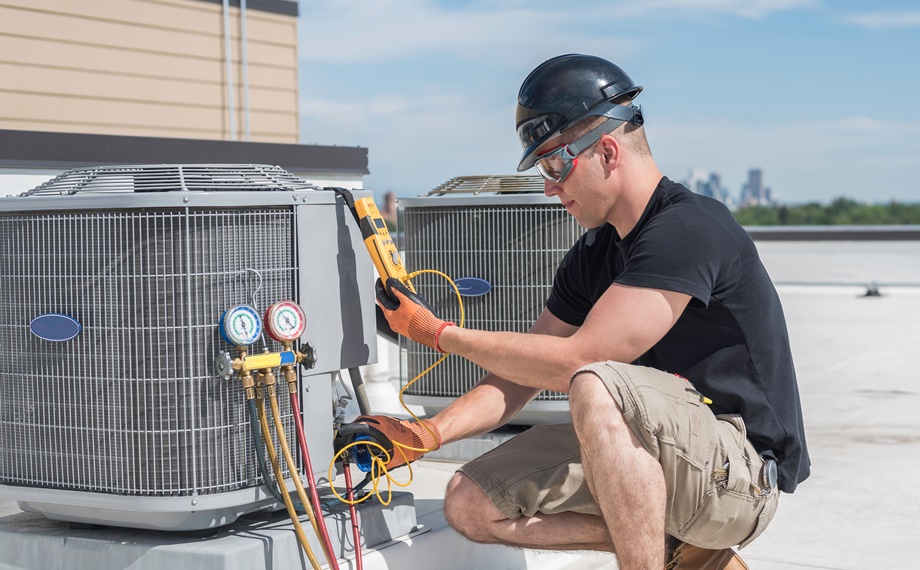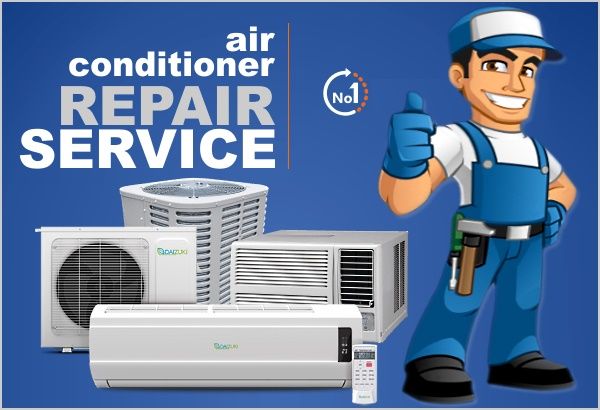AC and Heater Repair: Understanding Your AC Repair Estimate
AC Leak: Effective Environment Control Systems Are Essential For Indoor Convenience And Energy Savings
Components and Systems: The HVAC Symphony
Ever wonder what truly orchestrates the climate control in your house or office? It's much more than just a box humming exterior. We're speaking about a sophisticated interaction of components, a veritable symphony of engineering designed to keep your comfort, come rain or shine, and even the most blistering heatwave. Comprehending these specific parts, and how they coalesce into a unified system, is vital for any homeowner or facility supervisor. Believe of it like a human body: each organ has a crucial role, however it's their cumulative function that keeps us alive and flourishing.
The Core Players: What Makes it Tick?

At the heart of a lot of property and light commercial a/c setups, you'll discover numerous key gamers. Do you really understand what every one does? Let's break down the necessary cast:
- Furnace: The heating powerhouse, normally sustained by natural gas, lp, or electrical power. It warms the air that then circulates throughout your space.
- A/c unit: The cooling champ, removing heat and humidity from indoor air through a refrigerant cycle.
- Ductwork: The circulatory system of your heating and cooling, a network of channels that distributes conditioned air to various rooms and returns stale air for reconditioning. Without properly sized and sealed ducts, even the most effective unit can fail.
- Thermostat: The brain of the operation, permitting you to set and preserve preferred temperature levels. Modern thermostats can amazing tasks, from Wi-Fi connection to learning your preferences.
Beyond the Essentials: Integrated Systems
While the heater and ac system are often unique systems, they often share common aspects, forming an integrated system. The very same blower fan within the heater frequently propels air for both heating and cooling. This seamless combination is what makes a modern-day a/c system so efficient and user-friendly. Think about the timeless situation: a sweltering summertime day gives way to a remarkably chilly evening. Your system, if effectively created, shifts easily from cooling to heating, guaranteeing constant comfort without you raising a finger. It's genuinely a marvel of modern comfort technology.
Improving Air Quality: More Than Just Temperature level
Beyond just warming and cooling, modern HVAC options typically include parts intended at improving indoor air quality. Are you mindful of the invisible hazards lurking in your air? From allergens to pollutants, a good system actively fights them. This can include sophisticated purification systems, humidifiers to include wetness in dry environments, or dehumidifiers to draw out excess humidity. Some systems even integrate UV lamps to kill airborne pathogens. It has to do with producing a holistic environment, not just a comfy temperature level. After all, what good is comfort if the air you breathe is substandard?
Heating and Cooling Concepts: The Hidden Ballet of Convenience
Ever question why one space feels like a sauna while the next is an icebox, despite your thermostat's fervent prayers? The answer typically lies in a nuanced understanding of heating and cooling principles, a subtle dance of energy transfer that dictates our indoor convenience. It's not just about cranking up the AC or stiring the furnace; it has to do with managing the circulation of heat, that relentless tourist constantly seeking equilibrium. Think about it like water streaming downhill-- heat constantly moves from warmer areas to cooler ones. This basic fact underpins every more info element of reliable a/c system operation, yet it's regularly ignored, leading to consistent pain and, frankly, lost energy.
The Elusive Even Temperature Level
The most common aggravation property owners voice centers on uneven temperatures. You adjust the thermostat, hoping for a blanket of comfort, only to find one room sweltering while another shivers. Why does this occur? Often, it's a sign of poorly sized or badly balanced ductwork. Think of a garden hose pipe attempting to water a whole lawn; some locations get soaked, others remain parched. If your ductwork isn't designed to provide the right volume of conditioned air to each space, hot and cold areas end up being an inevitable truth. A common mistake is assuming that merely including more vents will resolve the problem. In truth, it can intensify it by interfering with the delicate balance of air pressure within the system. A HVAC professional worth their salt will perform a Manual J load estimation, a comprehensive analysis that identifies the precise heating and cooling requirements of each space, taking into consideration elements like window size, insulation, and even the number of residents. Without this foundational step, you're essentially flying blind.
Techniques of the Trade for Optimum Effectiveness
- Zoning Systems: For ultimate control and efficiency, consider a zoning system. This allows you to divide your home into unique temperature level zones, each with its own thermostat. No more heating or cooling vacant rooms! It resembles having numerous mini-HVAC systems tailored to your way of life.
- Duct Sealing: Dripping ducts are notorious energy burglars. A considerable percentage of conditioned air can get away through unsealed joints and holes before it even reaches your living space. Professional duct sealing with mastic or customized tape (not just regular duct tape, which stops working quickly) can drastically improve effectiveness and eliminate phantom drafts.
- Insulation's Role: Your home's insulation functions as the bouncer for heat, avoiding it from crashing the party in summertime and getting away in winter. Is your attic effectively insulated? Are your walls mere screens for thermal energy? An easy assessment can reveal significant chances for enhancement.
- Fan Settings Matter: Numerous property owners just set their fan to "vehicle." While usually fine, think about running your fan continuously on a low setting, specifically in shoulder seasons. This helps circulate air, reducing temperature stratification and making your home feel more consistently comfortable, even if the primary heating or cooling isn't actively running.

Understanding these basic heating and cooling concepts empowers you to make informed choices about your home's comfort and energy usage. It's not practically fixing a damaged system; it has to do with orchestrating a symphony of heat and coolness, guaranteeing every note is played perfect.
The Breath of Life: Ventilation and Air Quality
Ever walked into a space and felt that immediate stuffiness, that sense of recycled air holding on to your lungs? It's a typical experience, a subtle yet consistent discomfort that typically goes unaddressed. Numerous homeowners, concentrated on heating and cooling, overlook the important function of ventilation in their a/c system. It's not almost temperature; it's about the really air we breathe. Think of your home as a living organism; without proper airflow, it suffocates, trapping contaminants, allergens, and even stagnant odors. This oversight can result in a host of indoor air quality problems, a quiet opponent eroding convenience and potentially affecting wellness.
Among the most substantial hurdles property owners face in preserving exceptional indoor air quality centers on the accumulation of microscopic air-borne particles. These unnoticeable invaders, ranging from allergen and pet dander to mold spores and volatile organic compounds (VOCs) off-gassing from furniture, flow endlessly without sufficient air exchange. Envision attempting to clean a dirty room by simply moving the dust around; that's comparable to recirculating stagnant air without introducing fresh, filtered air. This constant re-exposure can worsen breathing conditions, trigger allergies, and typically lessen the feeling of a clean, healthy living area. What can be done to truly clear the air?
Beyond the Basic Filter: Advanced Air Purification
While standard heater filters capture bigger particles, they often fail when it pertains to the really minute impurities. This is where the discerning homeowner thinks about updating their heating and cooling system's air filtering. Have you considered a MERV 13 or higher filter? These pleated powerhouses can trap a significantly greater percentage of air-borne particles, consisting of bacteria and even some infections. The journey to pristine air doesn't end there. For a truly detailed method, UV germicidal lights integrated into your ductwork use an additional layer of defense, reducing the effects of airborne pathogens as they go through. It resembles having a microscopic bouncer for your air, ensuring only the cleanest molecules make it into your home. And for those with consistent smell concerns or chemical sensitivities, a whole-house activated carbon filter can be a game-changer, soaking up gaseous pollutants that even the finest particle filters miss out on. It's about proactive defense, not reactive relief.
- Examine and change air filters quarterly, or more regularly if you have pets or allergic reactions.
- Consider a whole-house humidifier or dehumidifier to control indoor humidity levels, which can affect mold growth.
- Ensure appropriate sealing of ductwork to prevent unfiltered air from going into the system.
- Make use of exhaust fans in kitchens and restrooms to remove moisture and cooking odors at their source.
Did you understand that just opening windows for a few minutes each day, even in winter, can dramatically improve indoor air quality by diluting toxins? It's a basic, affordable technique that many ignore. Tactically positioned indoor plants, such as spider plants or peace lilies, can act as natural air purifiers, absorbing specific contaminants from the air. While they won't replace a robust ventilation system, they provide a quaint, green complement to your indoor air technique. The goal is to produce an environment where the air is not simply comfortable in temperature, however really invigorating to breathe.
Installation and Maintenance: The Unsung Heroes of HVAC Durability
Ever question why some heating and cooling systems purr like satisfied kittycats for years while others sputter and cough their last breath far too soon? The trick, dear reader, often lies not in the preliminary purchase, but in the careful dance of installation and the thorough rhythm of maintenance. It's a tale as old as time, or a minimum of as old as cooling itself: a system, no matter how sophisticated, is only as great as its setup and subsequent care. A badly set up unit can cause a waterfall of problems, from ineffective operation that drains your wallet quicker than a leaking faucet to early part failure. Imagine trying to run a marathon with uncomfortable shoes; you might finish, however not without significant pain and prospective injury. Your HVAC system deals with similar misfortunes when not appropriately incorporated into your home's special thermal envelope.
Consider the airflow. A common oversight throughout setup, and one that causes untold headaches, revolves around correct ductwork sizing and sealing. It resembles attempting to drink a milkshake through a tiny, punctured straw-- you're putting in a great deal of effort for extremely little benefit. Small ducts limit airflow, forcing the blower motor to work harder, taking in more energy, and shortening its lifespan. Dripping ducts, on the other hand, resemble tossing cash out the window, literally, as conditioned air escapes into unconditioned spaces. Did you understand that approximately 30% of a home's heating and cooling energy can be lost due to leaky ducts? It's an incredible figure, typically ignored, and easily corrected with correct sealing methods using mastic or specific metal tape, not just the flimsy cloth-backed duct tape everybody wrongly calls "duct tape."
The Rites of Routine Upkeep
You have actually got a completely set up system. Now what? The journey doesn't end there; it merely begins a brand-new chapter: maintenance. Think about your a/c system as a high-performance automobile. Would you ever avoid oil changes or tire rotations? Obviously not, due to the fact that you understand the long-term consequences. Likewise, ignoring your a/c system's yearly tune-ups is a gamble you're unlikely to win. These aren't simply arbitrary visits; they are important preventative procedures. A service technician checks refrigerant levels (the lifeline of your system), cleans coils (those unsung heroes of heat exchange), checks electrical connections (avoiding prospective fire dangers), and lubricates moving parts. It's throughout these gos to that small problems, easily rectified, are captured before they bloom into pricey breakdowns. A dirty evaporator coil, for example, can reduce efficiency by 5-10%, requiring your system to work more difficult to achieve the desired temperature level. It resembles trying to breathe through a stopped up nose; whatever becomes more hard.
Here are a couple of expert insights to keep your system humming:

- Filter Finesse: Change your air filter every 1-3 months, specifically if you have pets or allergic reactions. A blocked filter is a major airflow obstacle, minimizing efficiency and putting pressure on your system.
- Clear the Condensate Drain: Occasionally put a cup of distilled vinegar down your condensate drain line. This prevents algae and mold growth that can clog the line, leading to water damage and system shutdown.
- Outside Unit TLC: Keep the area around your outdoor condenser system clear of debris, leaves, and overgrown plant life. A foot or 2 of clearance on all sides guarantees proper air flow, which is critical for effective heat dissipation.
- Thermostat Wisdom: Consider updating to a programmable or wise thermostat. These gadgets can discover your habits and optimize temperature level settings, saving energy and extending the life of your system by minimizing unneeded cycling.
Keep in mind, a little proactive effort in setup and upkeep goes a long way in ensuring your heating and cooling system provides constant convenience and efficiency for years to come. It's not just about convenience; it has to do with safeguarding your investment and making sure comfort.